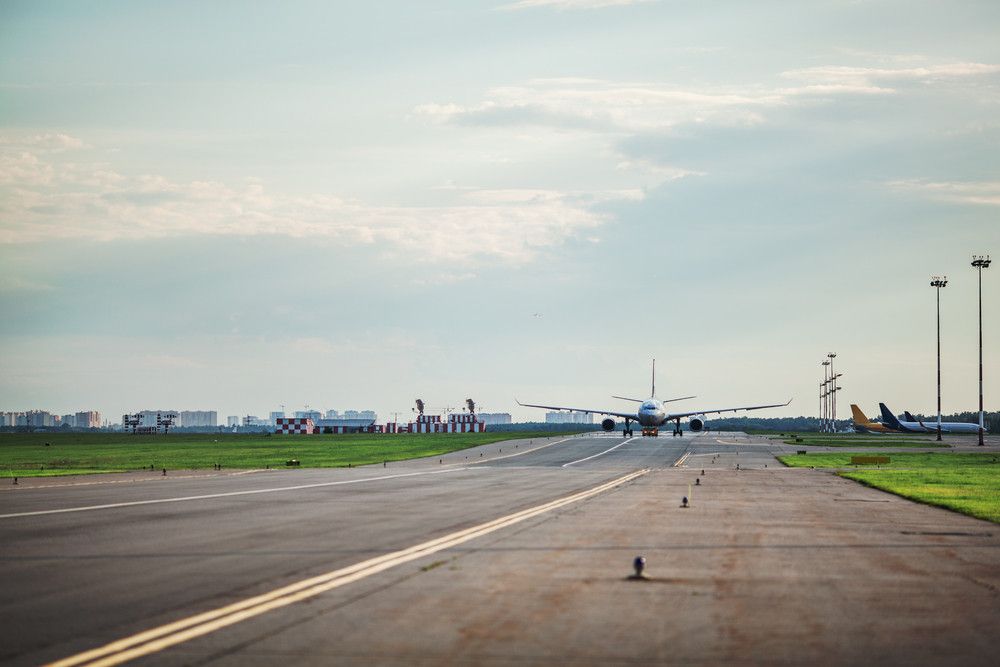Earning your pilot's license and receiving recurrent training classes are a great way to build new skills and hone current ones.

How Do Different Weather Conditions Impact Flying?
Jet Safety International
According to CAE, the airline industry is expected to need 255,000 new pilots over the next 10 years.
Earning your pilot's license and receiving recurrent training classes are a great way to build new skills and hone current ones to boost your career opportunities in the airline industry.
One of the key ways you can improve your skills is by learning how to fly in different weather conditions.
Heavy Rain
Planes are well-equipped to take on rain, and even a heavy downpour. High cruising speeds allow airflow to push rainwater right off your plane's windshield.
However, high winds that come alongside heavy rain can sometimes lead to route changes or delays due to requiring additional flight planning, but any additional turbulence shouldn't be a worry.
You'll want to make sure that you have a clear view through your plane's windshield when landing and taxiing to ensure minimal interference.
Fog
Flying in fog can be challenging for new and experienced pilots alike, and airports need to have low-visibility procedures in place to prevent accidents from occurring. Fog can make taxiing relatively impossible and manual processes that require visibility may be delayed.
For pilots, it's especially important to know your takeoff minimum and to have enough fuel for at least two approaches if you need to take an alternate route.
Snow
Like heavy rain, snow isn't typically an issue when flying. Of course, visibility can become an issue when on the ground, and flights may be delayed if taxiing or other manual processes become an issue. De-icing equipment is crucial before and after a flight, as icy wings can be dangerous.
The condition of the runway is also important, as landing in snow can be tricky even for experienced pilots who have undergone recurrent training. In the event of freezing rain, aircraft are typically kept on the ground because ice can quickly build up on the plane and flying equipment.
If you're looking for recurrent training classes or quality course instructors to earn your pilot's license, look no further than Jet Safety International.
Contact us today for more information about our services. We'll be more than happy to answer any questions you may have.
1/31/24
